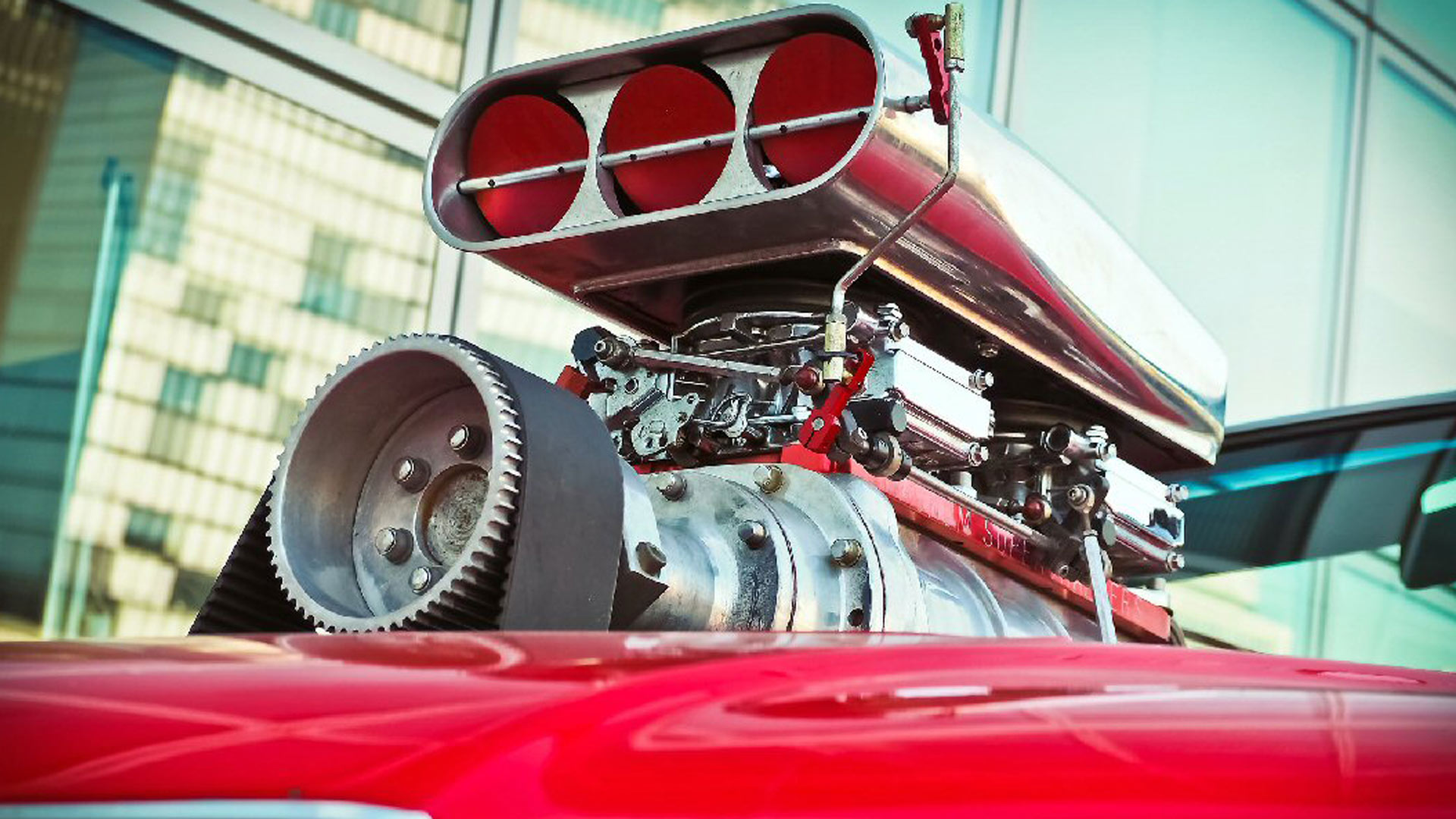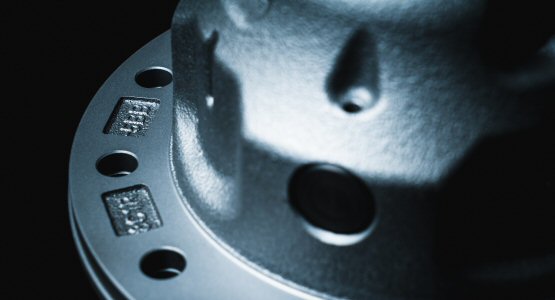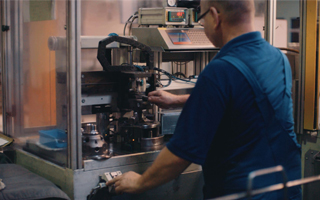Turbos, Superchargers and Naturally Aspirated Engines

Naturally Aspirated engines used to be the standard model, with those running turbos or superchargers either performance models or after market modifications. However, as the automotive landscaped changed, turbocharged engines found themselves becoming far more widespread.
SOMETHING FOR NOTHING?
Naturally Aspirated or naturally ‘breathing’ engines, defines those that take in air under normal means at normal atmospheric pressures.
The more air that enters into the combustion chambers of an engine, the more fuel can be added - creating bigger explosions and generating more power. As the vehicle increases speed, the rate at which air flows into the engine also increases, granting it the ability to produce the necessary power at higher speeds.
Naturally Aspirated engines tend to be of a larger displacement, as they lack the extra power provided by a forced induction system. They compensate for it by either increasing the number of cylinders or increasing their bore, resulting in a larger volume of space contained within the combustion chambers.
Forced Induction systems work to force more air into the engine than it would otherwise be able to take in, allowing the engine to generate even more power than it would normally under the same conditions. One of two systems is generally used; Superchargers or Turbochargers.
A Supercharger is a compressor mounted at the air intake point and runs directly off the engine via a belt or chain. Their advantage over Turbochargers is that they are always running, meaning there is no delay in the extra power being delivered.
With the flow rate generated by them directly governed by the engine speed, it provides the required amount of airflow at all times. The downside however, is because it does run directly off of the engine, some energy is lost powering it and the engine is less fuel efficient than it could be.
Make no mistake, the lost energy that goes towards powering a Supercharger is more than regained with the effect it has on increasing engine power; it’ll just use a lot a fuel doing it.
Turbochargers have to be mounted further down in the engine, as they must also be connected to the exhaust system. They use the pressure from the exhaust gases exiting the combustion chamber to power their compressor, which forces more air into the engine and increases power.
This higher power output subsequently increases the exhaust pressure and powers the system even further. This self-perpetuating nature makes them wonderfully efficient as they use otherwise wasted energy and convert it into huge boosts of power.
The downside to turbos is the compressor needs to reach a minimum speed for its effects to be felt and this results in a delay in the power being delivered. Turbo lag is something that just about all engines with a turbocharger experience.
Sudden demands of acceleration are delayed by the engine waiting for the turbo to catch up, before the power comes through quite rapidly as the compressor reaches the speed needed to provide the desired power boost.

A NEED FOR SPEED
As manufacturers came under increasing pressure to reduce emissions from their engines, fuel efficiency was identified as a simple way of doing that – less fuel burnt less waste gases created. Smaller engines used less fuel, and by including a forced induction system to offset the decreasing power levels generated by these smaller engines, they were able to keep performance levels consistent despite the loss in engine volume.
Improvements in other engine technologies meant smaller engines were providing more power than previously, but it would not have been enough to cover the deficit along with the increasing bulk of modern cars and performance expectations of buyers.
Turbochargers were the natural choice, neatly solving the problem by providing the power boost needed while still keeping engine sizes small. Their energy recovery provided power without increasing fuel demand on the engine, like superchargers do and thus increasing fuel efficiency and lowering emissions.
DIESEL POWER
Diesel engines were the primary driving force behind the turbo uptake. Rising driving costs and their better mileage had hugely increased their popularity and although previously seen as dirty diesels, tighter emission regulations forced manufacturers to act and clean up their performance and their image.
As much as a turbocharger was the natural choice for a forced induction system in mass produced cars, diesel engines were the perfect hosts.
Diesel engines operate at much lower engine speeds than petrol fuelled engines, and this narrower range meant a single turbo could cover most power bands and provide a greater benefit. Diesel engines also generate a more powerful exhaust, making them superior at powering the turbocharger itself.
Additionally, because their fuel injection timing is later in the engine cycle, diesel engines don’t suffer from the preignition knocking problems caused by the higher temperature of air being forced into the compression chamber, removing the need for intercoolers – taking up less space and reducing part costs.

FORCED INDUCTION
Turbos may make perfect sense to increase efficiency, but they are not a cheap part. Turbochargers operate at staggering speeds of up to 250,000 rpm, compared with just a couple of thousand rpms engine speed, and so must be precision engineered to survive the strain they are put under.
Diesel engines today cost more than petrol engines because of the additional technology that goes into them, but manufacturers were wary of increasing prices to a customer base that was choosing them out of economy.
It’s unlikely that turbos would have become so widespread if emissions targets hadn’t forced the hand of manufacturers. The cost of mounting the extra parts and redesigning new engines was significant, but it was likely the fines incurred from breaching these emission targets would have exceeded these costs - so they instead opted to use turbo charged engines.
As it turned out, this didn’t prevent sales from staying popular and turbos are now standard on most diesel engines. Supercharges however, are still reserved for performance engines who don’t worry about how many miles they get to the gallon – with the answer being not many.







